With an infrared sauna, you’re tapping into a number of health benefits that would have otherwise gone unaddressed, but did you know that combining your time in a sauna with a cold shower can unlock even more positive physiological impacts on your body?
While it might not be the most comfortable of options, a growing body of scientific research is pointing to the fact that a cold plunge - immersing yourself in cool or cold water - be it in the form of a cold shower, an ice bath, or a dive into the closest frozen lake available to you, is extremely beneficial to human health.
For hundreds of years, combining heat exposure with a cold plunge effect from cold water has been a go-to technique for a number of Scandinavian countries to unlock the health benefits of putting the body under stress from hot and cold temperatures. This practice, known as contrast therapy, has been deeply embedded in wellness traditions, including Finnish saunas, Russian banyas, and Japanese onsens. These cultures have long understood the invigorating effects of switching between hot and cold, but modern research is now providing the scientific backing for these ancient traditions.The Science Behind Hot and Cold Therapy
In more modern times, we’ve had a growing body of evidence that points to the benefits of exposing the body to cold temperatures for a short amount of time, illustrating that the body can respond positively to both heat shock and cold shock in the right conditions. The contrast between the heat from a sauna and the sudden exposure to cold water activates the autonomic nervous system, enhances cardiovascular function, and improves overall resilience to stress.
When the body is exposed to high heat, it increases blood circulation, opens up blood vessels, and helps to relax the muscles. Once the body is plunged into cold water, the opposite occurs—blood vessels constrict, heart rate increases, and the body begins to adapt to the cold stress. This fluctuation, often referred to as "vascular gymnastics," strengthens blood vessels over time and enhances overall circulation, which may lead to better cardiovascular health and improved endurance.
Is It Healthy To Go From A Sauna To Cold Water?
Scientists and medical practitioners say that it is safe and healthy to expose the body to both heat and cold shock, so long as you respect your body’s limits and don’t have serious pre-existing cardiovascular or respiratory conditions.
There is one demographic that should steer clear of combining a sauna with a cold plunge, and that is anyone that has a pre-existing heart condition, or a cardiovascular condition that reacts to shocks. This is due to the fact that when you immerse yourself in an environment with a drastically different temperature - be it an ice bath or a cold shower - this triggers a reaction inside the body.
Small temperature receptors in the body are triggered by the rapid change in temperature, which causes the body’s ‘diving reflex’ to be activated.
This diving reflex causes a sudden change to the body’s cardiovascular and respiratory systems, which, if you have a pre-existing condition, can prove extremely problematic.
How To Incorporate A Cold Plunge Into Your Sauna Routine in 4 Steps
Step One: Drink at least one litre of water before entering the sauna, and ensure you’re free of any symptoms potentially linked to dehydration.
Step Two: Step inside your sauna, and stay inside for at least twenty minutes for new users, or up to forty-five minutes for more experienced sauna users.
Step Three: End your sauna session, rehydrate, and towel off.
Step Four: For beginners, climb inside either a lukewarm or cool shower; turn off any hot water and try to stay inside for at least 30 seconds.
For intermediate users, step inside a cold shower and stay for at least 2 minutes. For experts, where applicable, add a bag of ice to a bathtub filled halfway with cold water, and stay inside for 2 minutes.
If you’d like to match elite-level athletes, stay inside the ice bath for anywhere between 5-10 minutes. Make sure you stay within your limits, though, and if your body is sending you signs that it’s had enough, you should respond to these by getting out of the cold and raising your core temperature once again.
Benefits Of A Cold Shower After Sauna
With the combination of exposure to both the heat from your sauna and the chilly embrace of a cold shower, users can experience a boosted array of benefits, including further improving circulation, muscle relaxation & recovery, reduction in inflammation, hypertension, and arthritic symptoms.
Cold showers have a number of advantages and benefits, namely, their ability to:
-
Increase blood circulation
-
Reduce muscle tension after exercising
-
Strengthen the immune system
-
Reduce stress levels
-
Increase alertness
-
Accelerate metabolism and aid in weight loss
-
Improve skin and hair health
One randomized controlled trial published in the National Library of Medicine found that in a group of 3,000 workers, those that took cold showers were 29% less likely to require a sick day at work, suggesting a strong link between cold showers and strong immune system response.
Some of the lesser-known benefits of a cold shower are said to be for those that have conditions involving itchy skin, whereby a cold shower can help alleviate the urge to itch, as well as improvements to a person’s mood and even enhanced mental resilience.
How Long Should You Cold Plunge?
The length of time you can spend in the cold is dependent on a few things, namely how experienced you are with a cold plunge, as well as examining just how cold that plunge is.
If you’re stepping out of a sauna and into a cool or cold shower, this is less likely to expose your body to a profound cold shock, and you can safely spend as much time in the shower as you’d like.
If you’re taking the cold plunge into an extremely cold body of water, or an ice bath, for example, it’s advised that you limit your time to two minutes up to anywhere around five minutes.
Elite-level athletes spend around ten-to-fifteen minutes in an ice bath after a sauna or prolonged workout, so if you’re interested in matching their records, make sure that you work up to this benchmark.
Combining the proven health benefits of an infrared sauna with a cold plunge could be transformative to your health and well-being. With proper practice, you can maximize the effects of contrast therapy, boost your recovery, and feel revitalized like never before.


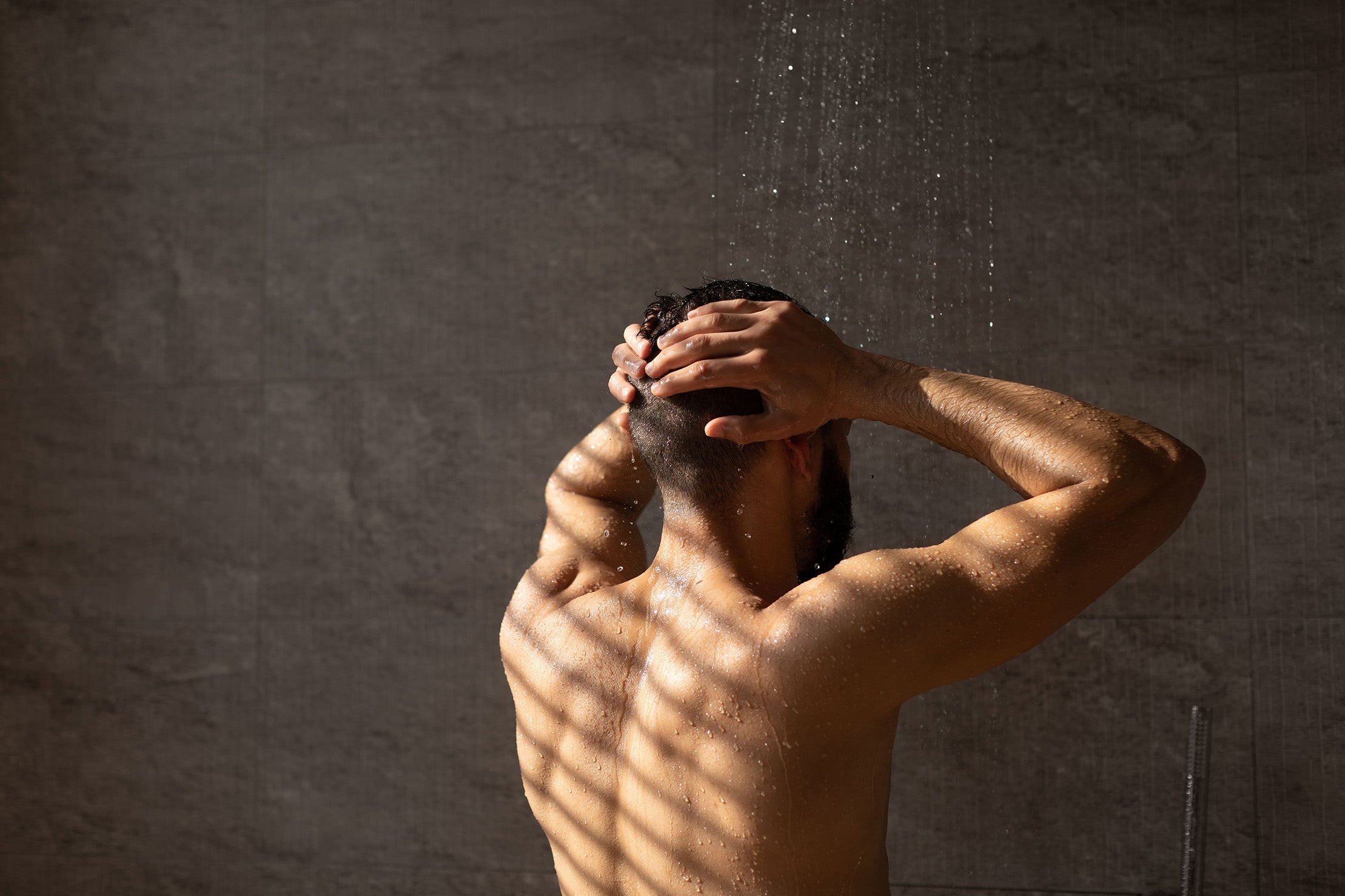
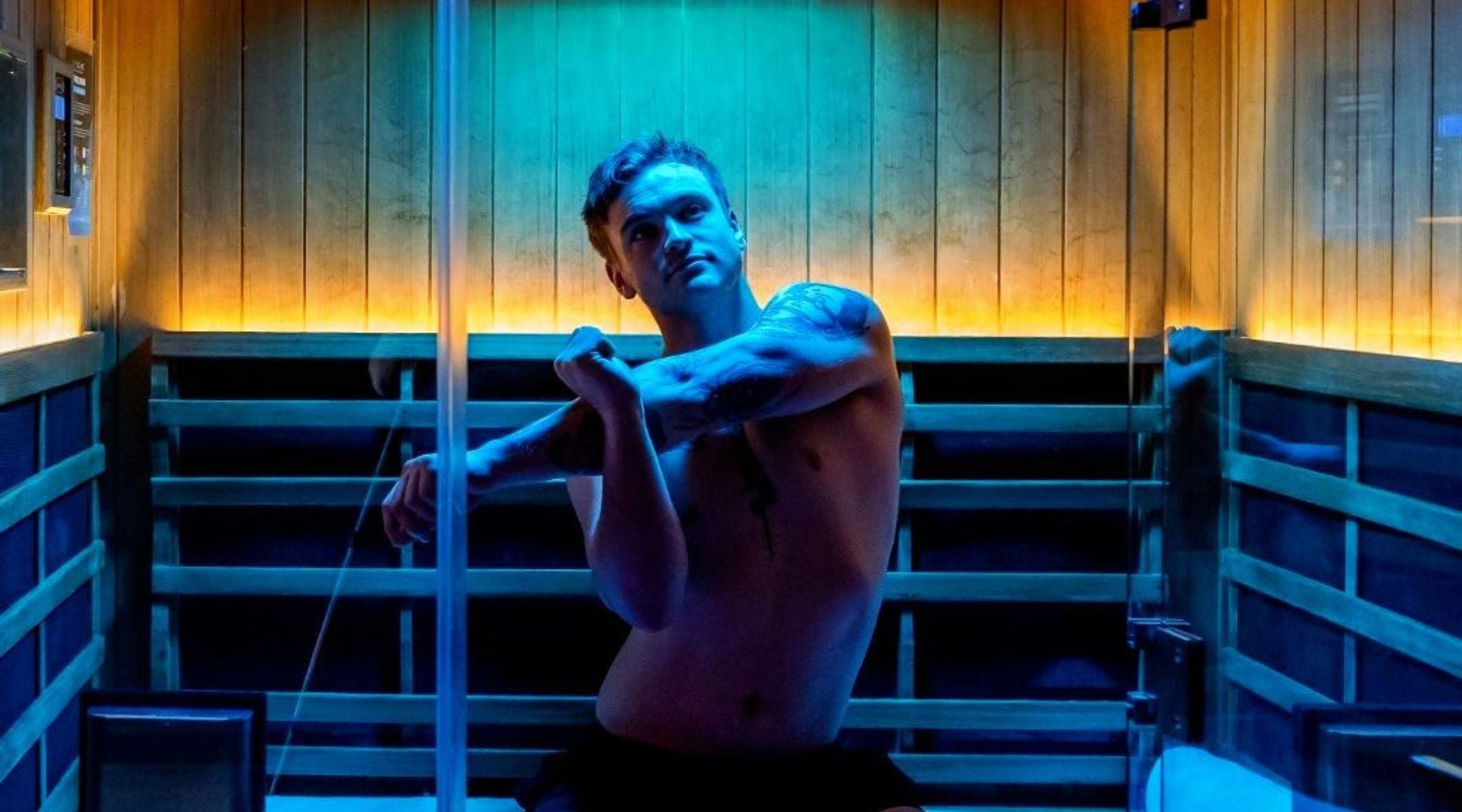
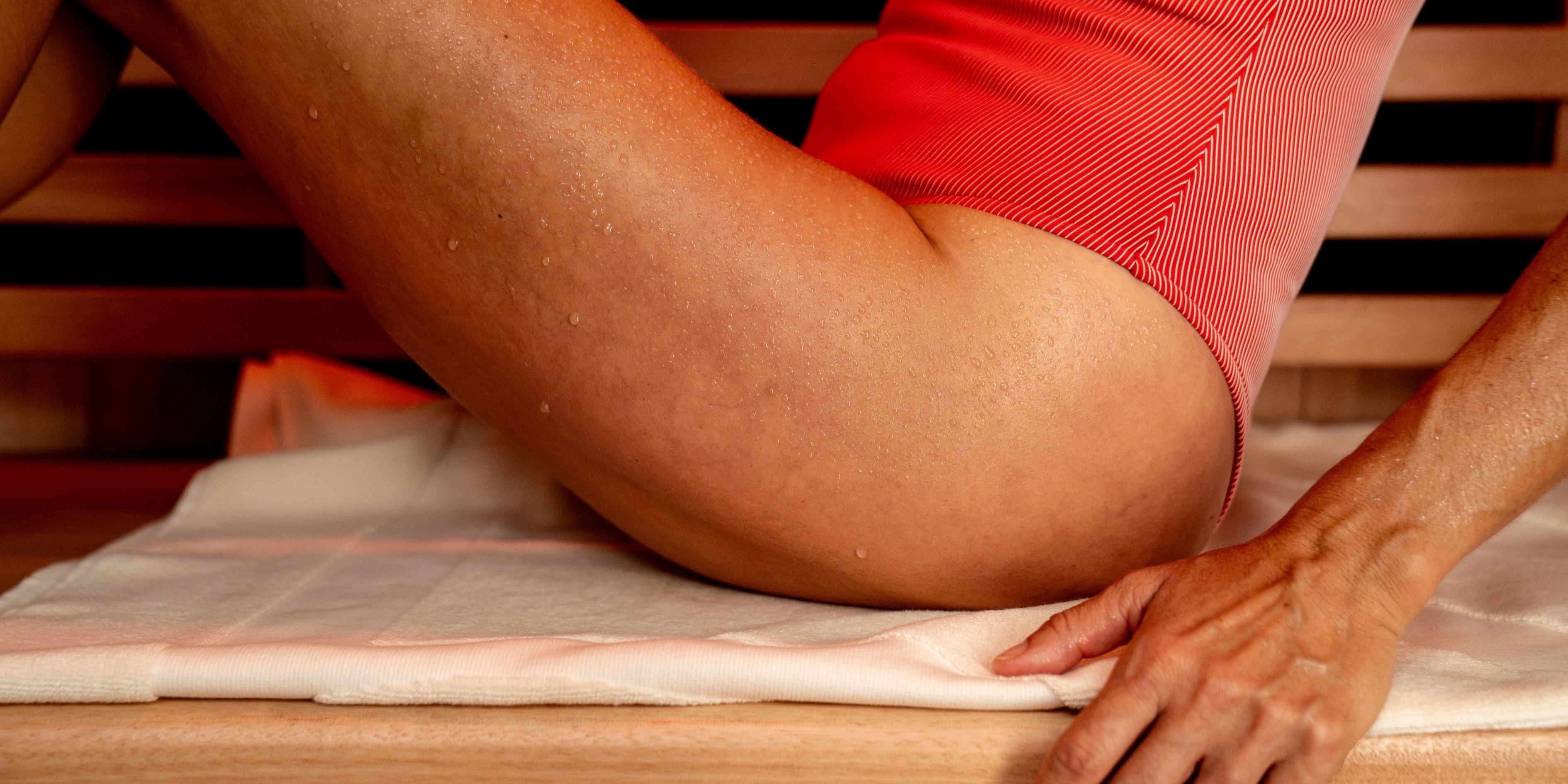
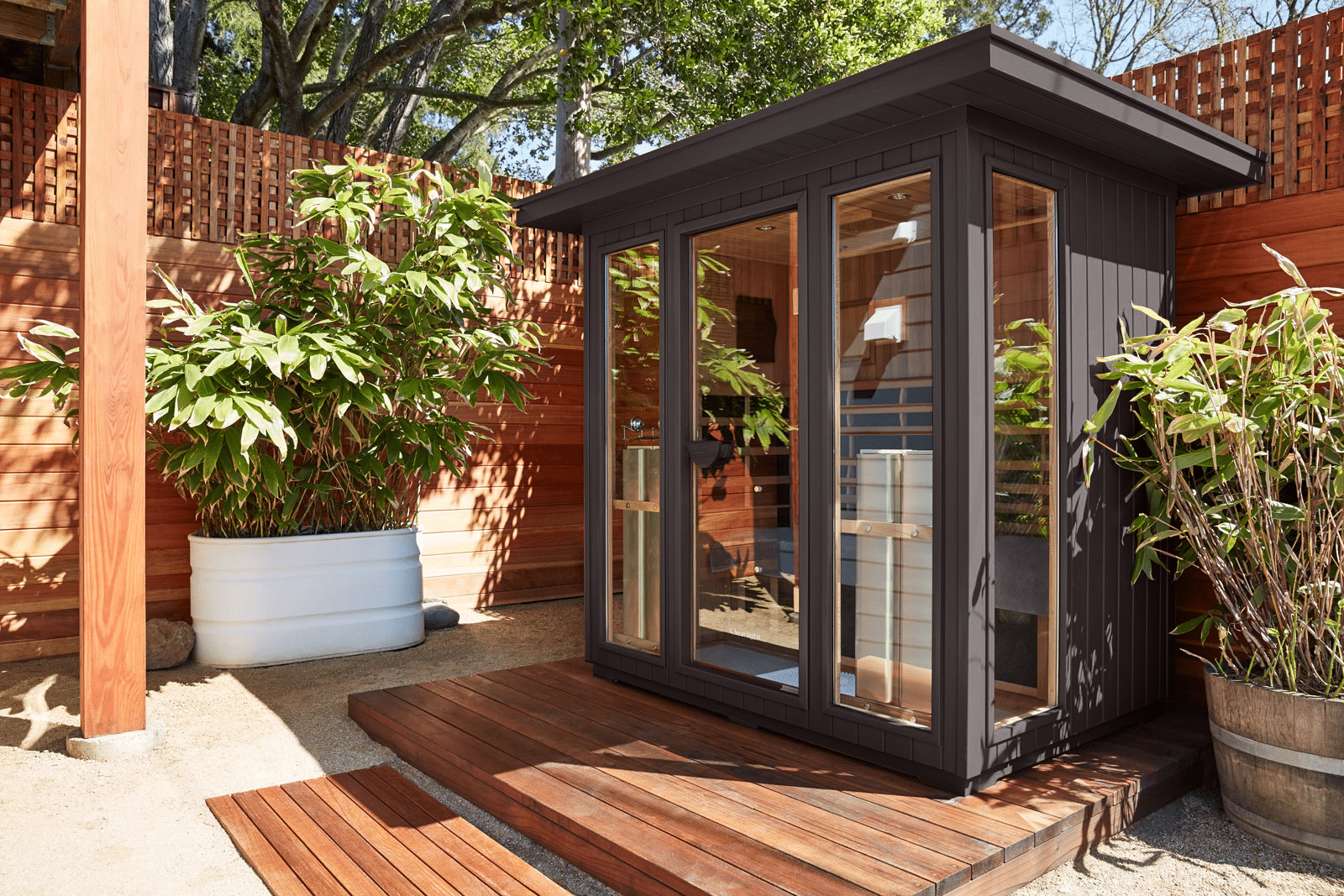



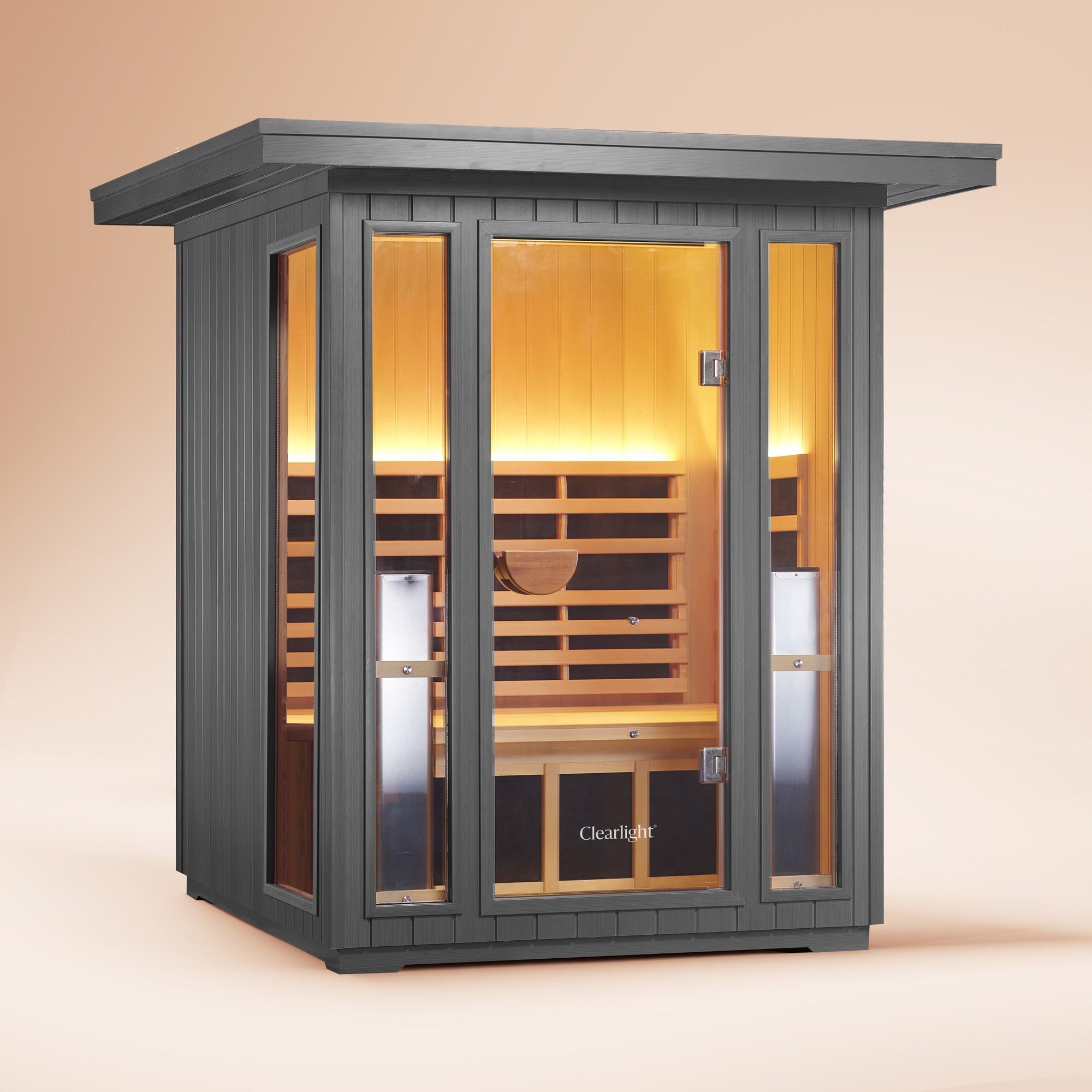


Is an Infrared Sauna Good for a Cold? Benefits, Risks, Proper Usage
Sauna Calorie Calculator: Infrared Sauna for Fat Loss